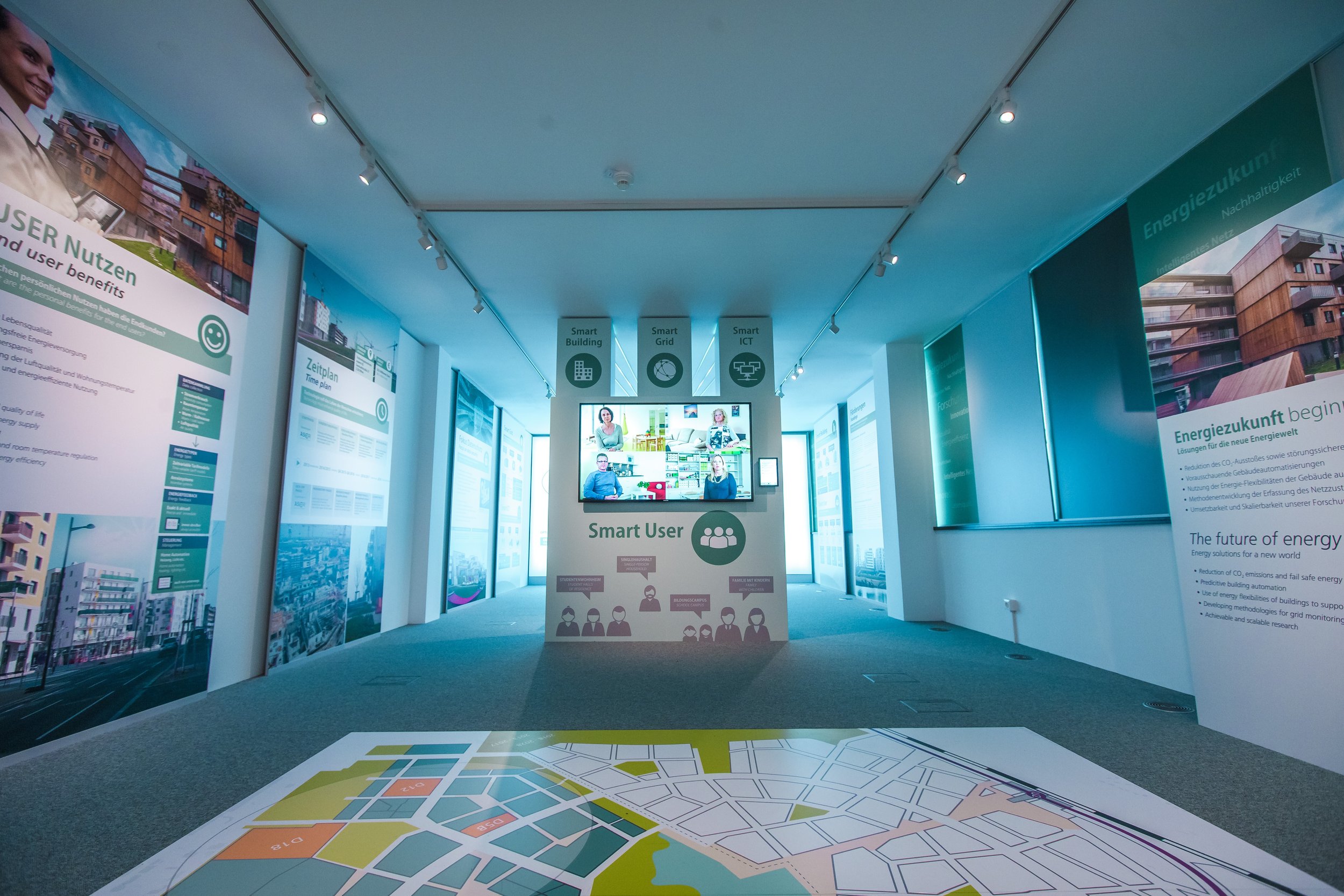The Vienna Model and Social Housing Best Practices
Coffee shops are among the businesses recruited to aspern Seestadt to enhance lifestyle as well as provide work opportunities. (Source: aspern Development AG)
The concept of “Social Housing” refers to housing that is funded and administered by states, municipalities, and/or private-public partnership corporations. These developments provide tenants from diverse socioeconomic statuses (i.e., mixed income households) with high quality, affordable housing structures to live in and, sometimes, to govern collectively.
Governments that manage social housing developments generate revenue from income taxes and from rent paid by tenants. Typically, the income tax is a fixed rate, but higher income households pay more to rent. Even with households paying variable rates, rent prices are capped so that social housing developments remain affordable for a broader cross-section of the population than the private rental markets with no rent controls.
These are some of the characteristics which define social housing developments in western European cities where social housing has been successful. Vienna, Austria, is one such city. In fact, the “Vienna Model” of social housing is viewed internationally as the most successful model of social housing development since the early twentieth century.
The Vienna Model of social housing has three pillars. (Source: City of Vienna)
The City of Vienna currently manages a social housing program with approximately 420,000 housing units, inhabited by “[roughly] 50 percent of Vienna’s population.” This housing stock includes two types of rental units: municipal housing estates, built/renovated and managed by the city; and subsidized housing, built/renovated and managed by non-profit or limited-profit housing developers.
According to the city’s website, this social housing model includes three important characteristics. First, there is uniform and transparent allocation criteria, which allows for low-income AND middle-income tenants to make a home in social housing. Second, social housing, which constitutes 50 percent of the housing market, remains affordable; therefore, the private housing market cannot raise rent prices excessively lest they lose an even bigger share of the market. The City of Vienna thereby ensures that “affordable rents boost purchasing power” for all residents in the housing market.
Finally, the developers of social housing structures practice what they call “gentle urban renewal.” This program includes informational services to explain “rehabilitation and refurbishment options, subsidies or flat purchase and sale possibilities…” to current and prospective tenants. Additionally, tenants gain access to tenant assemblies, Urban Renewal Offices, and other counselors and experts who train them in the management and/or rehabilitation procedures of the social housing developments in which they live. Moreover, Gentle Urban Renewal serves as a major employer, providing approximately 20,000 construction jobs.
The expansion of Social Housing in Vienna is ongoing. According to the City of Vienna, aspern Seestadt (sic) represents “one of the biggest urban development projects in Europe…to be completed in 2030 [and] will result in high-quality dwellings for over 25,000 residents as well as about 20,000 workplaces.” Described as a “city-within-a-city,” this social housing development, managed by a limited-profit housing association, aspern development AG and the CIty of Vienna, already houses 11,000 tenants and employs 5,000 workers, not including construction staff.
This map illustrates how developers envisioned the completed aspern Seestadt social housing development. (Source: City of Vienna)
Located in Vienna’s 22nd District, aspern Seestadt presents itself as a “hub” for business and lifestyle innovations. For example, aspern Seestadt developed a “Smart Urban Lab” by which “research-led companies” can locate their services in the development in order to study and test “innovative solutions to urban issues.” By creating an attractive location for action research in urban studies, aspern Seestadt recruits educated, upwardly mobile residents to live on the premises as well as think tanks and other research organizations to employ these tenants in efforts to improve their urban environment and neighbors’ quality of life.
The social engineering of aspern Seestadt envisions the “whole spectrum of life in one place.” At the center of this vision is a social housing development that attracts businesses to employ the tenants: “Here you'll find companies large and small, start-ups and established players… [which open] up a wide range of perspectives for Seestadt careers. Life and work go hand in hand here…” Tenants invest more than their rent. If they so choose, tenants can invest their livelihood in the community where they live, playing an individual role in a collective program of growth and innovation in their community.
Information sharing marks one of main services provided by research experts employed at aspern Seestadt. (Source: aspern Development AG)
The aspern Seestadt initiative represents one of the more recent successes in the urban history of Vienna’s social housing developments. To learn more about how contemporaneous leaders view the Vienna Model, watch the short video below:
Click photo to view the video: Kathrin Gaál, Vice-Mayor and Executive City Councillor for Housing, Housing Construction, Urban Renewal and Women's Issues of the City of Vienna, provides an insight into the Viennese model of social housing, its origins, background and the future goals of the Viennese Way.





